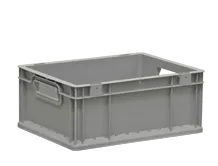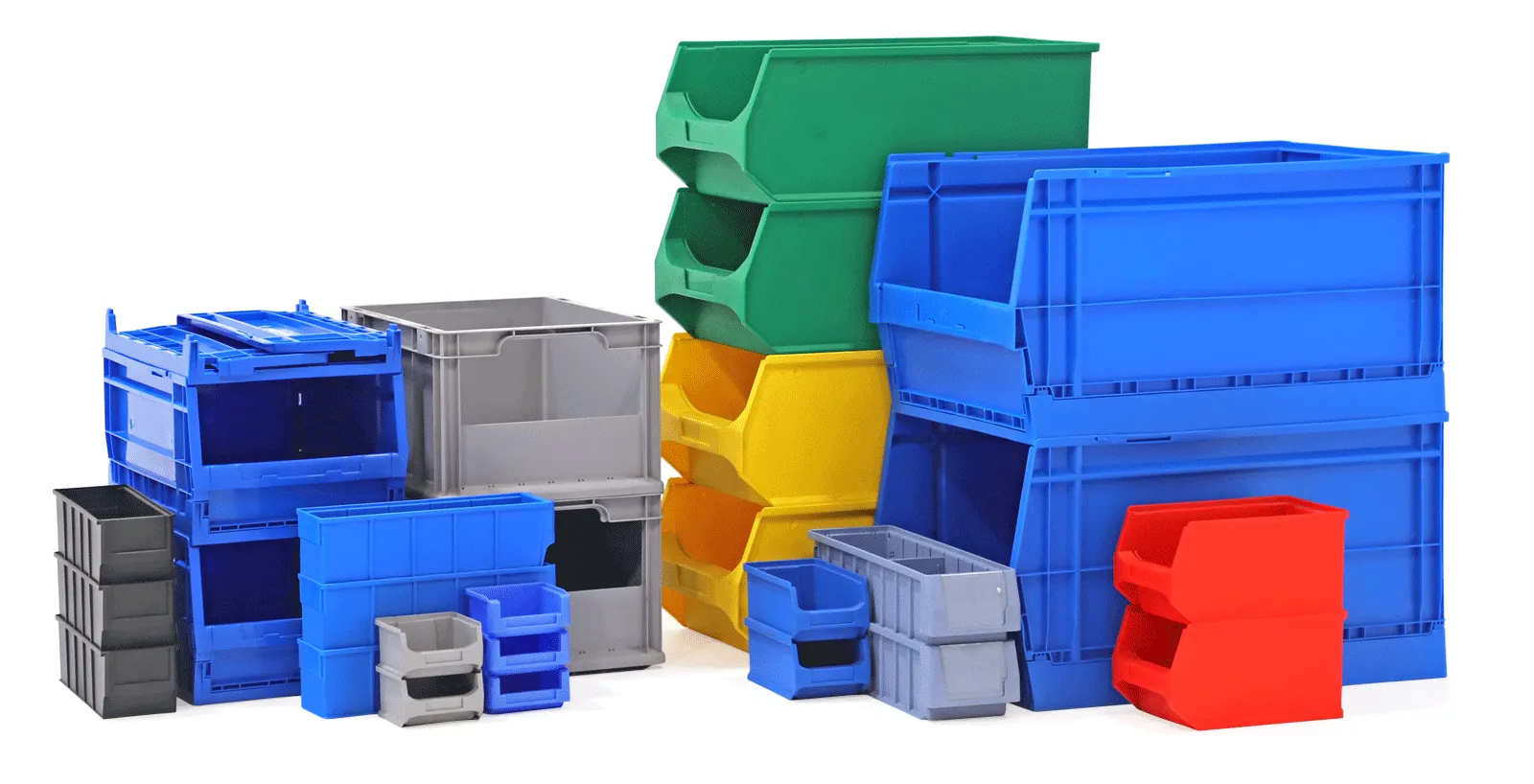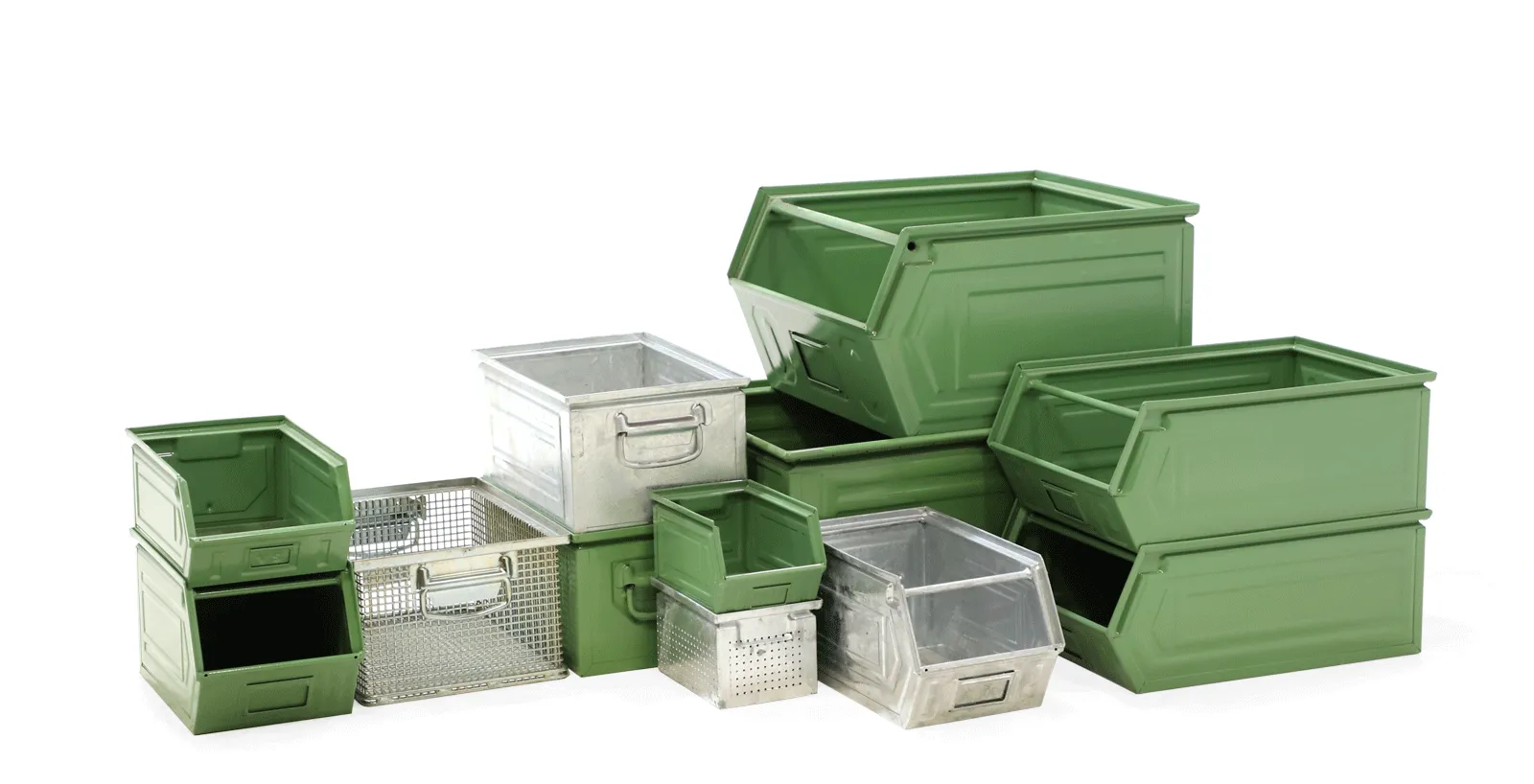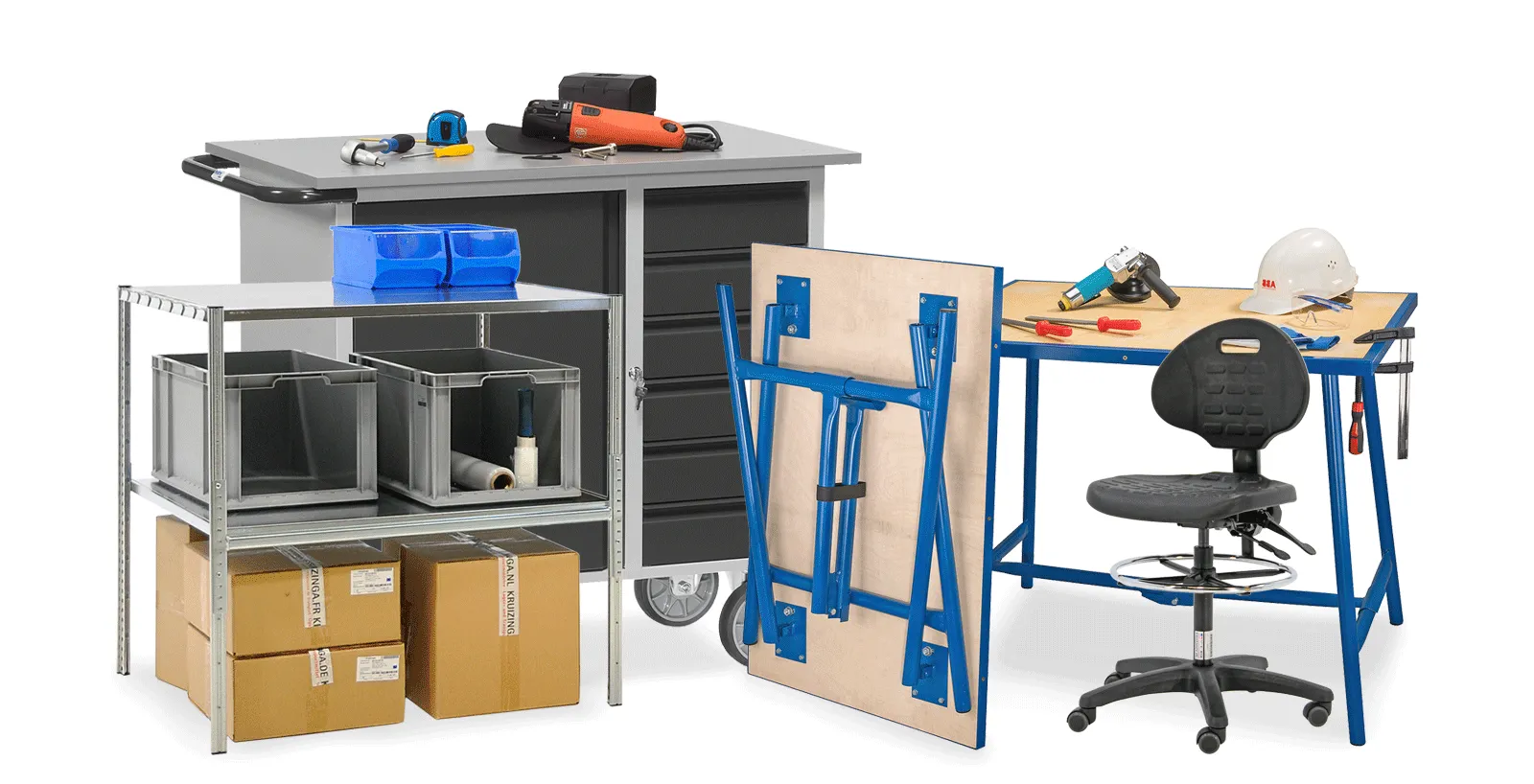In this blog:
- Code of conduct
- Location and equipment
- Calamities
- Personal protection
- Warehouse equipment
- Environmental regulation
What does a safety regulation consist of?
Creating a safe warehouse takes time. It starts with establishing clear rules and regulations. Once these are established, they can be communicated and employees can be held accountable if they do not follow the rules. Therefore, start recording warehouse safety rules and regulations early and review the document periodically to ensure the rules remain up-to-date.
We have listed the various components of a safety rule below. Review the list to make sure your safety rules and regulations are complete.
1. Code of conduct
Start with the rules that everyone should follow, wherever and whenever: the code of conduct. It is essential that everyone feels comfortable, safe, and respected. Therefore, it is important to establish a clear code of conduct so that all employees know what behavior is expected of them and what will not be tolerated.
Think about societal norms and values, but also don't forget to consider specific standards of behavior that apply within the company.

Example of a code of conduct:
- treat each other with respect and understanding;
- bullying, discrimination, threats, aggression and (sexual) harassment will not be tolerated;
- arrive at work on time, adhere to break times;
- work instructions should be followed at all times;
- bring problems at work and/or with a colleague to the attention of a supervisor/HR in a timely manner;
- if serious danger is imminent, work must be interrupted;
- working under the influence of alcohol, drugs or other narcotics is strictly prohibited;
- smoking only at designated times and places;
- theft is not tolerated;
- careful handling of materials and company property;

2. Location and layout
A good overview of locations and establishments, ensures that employees are better aware of their surroundings.
This can mean that employees:
- know the locations of different departments;
- know locations of different products and materials;
- are familiar with routes in the warehouse;
- are familiar with the lines in the warehouse;
- know what different pictograms mean;
- know what behavior is expected in different areas;
Examples of location and layout:
- an overview of the various pictograms that may occur in the warehouse;
- a floor plan of the site;
- a plan of the warehouse and storage locations;
- a plan of all facilities for safety, health, hygiene, and calamities;
- explanation of the meaning of lines in the warehouse;
- specific safety rules for different areas (outside area, warehouse, office, canteen, quarantine area, etc.);
3. Calamities
Of course, we hope that the calamities chapter will never have to be used, but it is important to have it. If an accident, incident, disaster, or fire occurs, everyone needs to know how to deal with the situation.
The different emergencies, rules, steps to follow and responsibilities are covered in this chapter. Also gather the various emergency numbers, contacts, and procedures in this chapter.

Example of calamities:
- how to act in the event of a fire;
- how to act in the event of an accident;
- how to act in an environmental incident;
- how to act in the event of a natural disaster;
- emergency numbers;
- list of prevention officers, FAFS officers, KAM manager and other important contacts;

4. Personal protection
Using personal protection correctly can prevent many accidents and damage. Therefore, clearly define what personal protective equipment and rules should be worn and followed.
Clearly distinguish between different locations and work activities. Earmuffs should be worn when working on a loud machine, however, they will not be needed in the office. Consider dividing the warehouse into different zones with corresponding protective equipment. That way, workers know exactly what protection to use when they enter a particular zone.
Example of personal protection:
- available protective equipment;
- mandatory protective equipment by task/area;
- location of protective equipment;
- proper way to use protective equipment;
- loan arrangements;
- checking protective equipment for defects;
5. Warehouse equipment
Dealing with materials, machines, equipment, and systems in the warehouse can be overwhelming, especially for new employees.
By working them out separately and listing all rules, measures, certifications, usage steps and maintenance, employees can find them in a central place. Consider not only machinery, but also operations and materials such as working at height, correctly stacking storage equipment and handling hazardous materials.

Sample warehouse equipment:
- what materials, machines, equipment, systems, hazardous materials and processes are in the warehouse?
- how should they be handled;
- specific safety rules and necessary certificates per material/machine/plant/system/process;
- special attention should be paid to this;
- maintenance to be carried out;
- specific operations;
- How many employees must be present for specific operations;
- rules for clean-up and cleaning;
- influence of the environment on operations and how to act (high/low temperatures, lack of space, crowding, power failure, etc.);
6. Environmental regulation
Consider the environmental impact of operations and identify measures to minimize and maintain this impact.
Explain measures and make clear what is and what is not allowed. This applies to the smallest actions, but also to major decisions such as the selection process for investments such as new forklifts or warehouse lighting.

Example of environmental requirement:
- print only when necessary;
- when to turn lights, heating and air conditioning on or off;
- how and where to separate waste;
- dealing with electrical equipment;
- what to consider when investing;
- switching machines and vehicles on and off
- handling hazardous materials and production waste;
- storage of gas cylinders and batteries;



























































